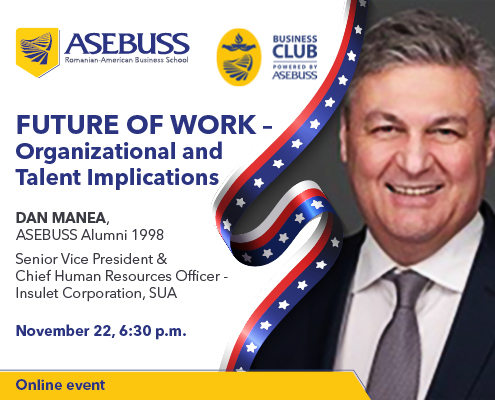The workforce coming out from the pandemic is different than the one that entered it. Several reasons for that:
- The pandemic has thought people a new way of working and living
- The pandemic gave people a chance to pause and reflect on what matters most (for each one of them)
- Socio-economic and climate changes are redistributing the workforce across many parts of the world
- Politics (Brexit, MAGA) have created major gaps in workforce in some of the biggest economies in the world
Significant shifts must occur in how organizations manage talent (attraction, retention, and engagement) to remain successful.
Overview
- Talent remains the scarcest and in high demand resource that organizations can tap into to drive acompetitive advantage.
- Organizations must clearly establish the link between their strategic priorities and talent needs.
- The post-pandemic workforce also has clear demands for current and prospective employers. DE&I, purpose, and employee experience are now strategic priority staplesthat employees expect
Key discussion points
- Talent makes the rules. Strategies to remain successful
- How work will get done over the next years, influenced by technological, generational, and social shifts. Examples
- Grand resignation. Is it affecting only specific industries?
Registration link:
https://us02web.zoom.us/j/84957139756?pwd=R3BsR1R5dzlxMDVxcm1MbUNCTERwQT09
Join us on November 22, at 6.30 pm for an interesting debate with Dan Manea, ASEBUSS Alumni EMBA 1998





